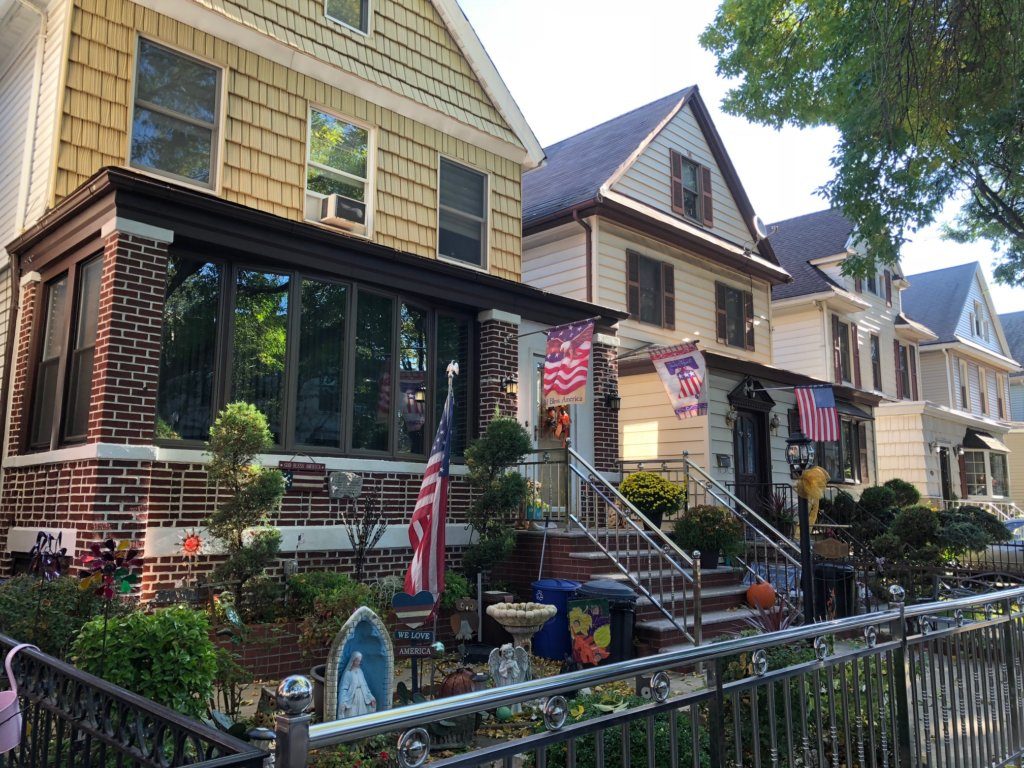Report: Not just condos, but private homes in southern Brooklyn, are integral part of borough’s real estate

The Brooklyn real estate market is definitely on the rise, a recently-released January report from Compass, called “Brooklyn Market Insights,” says.
This won’t surprise most people. But it will surprise some to know that not-so-trendy Southern Brooklyn is one of the strongest markets, and that private houses as well as condos are a very substantial part of the equation.
The Compass January report shows that:

Brooklyn Boro
View MoreNew York City’s most populous borough, Brooklyn, is home to nearly 2.6 million residents. If Brooklyn were an independent city it would be the fourth largest city in the United States. While Brooklyn has become the epitome of ‘cool and hip’ in recent years, for those that were born here, raised families here and improved communities over the years, Brooklyn has never been ‘uncool’.